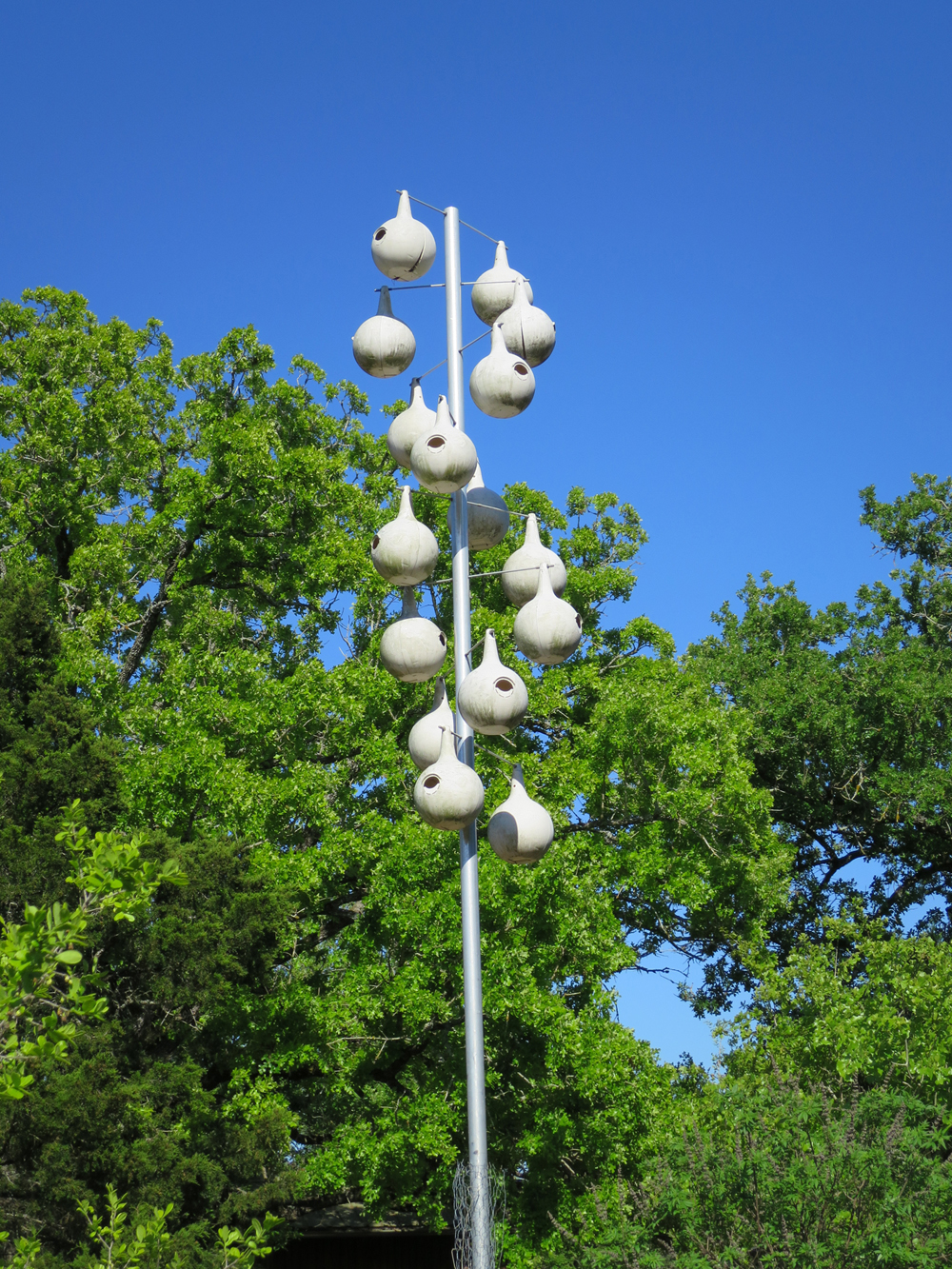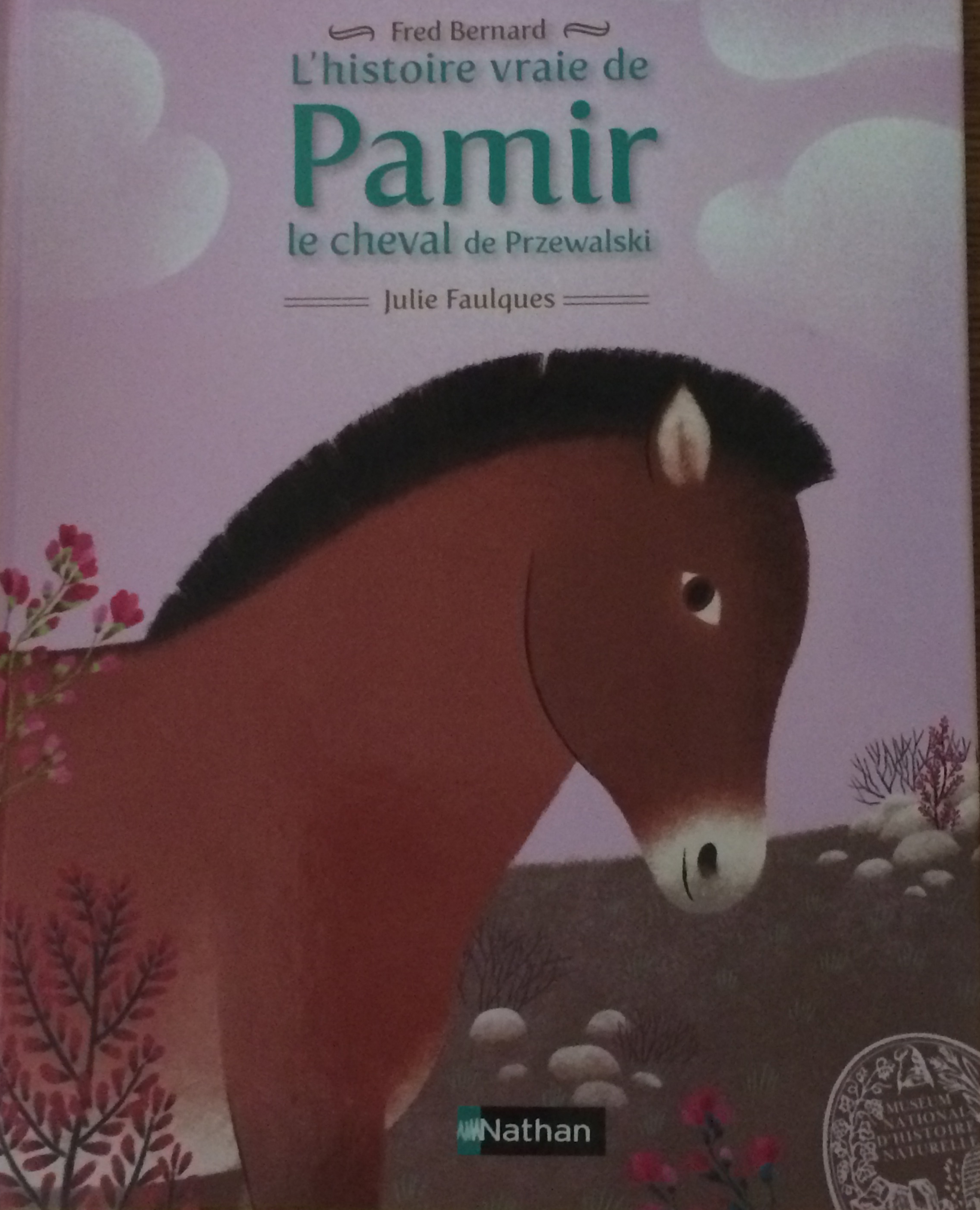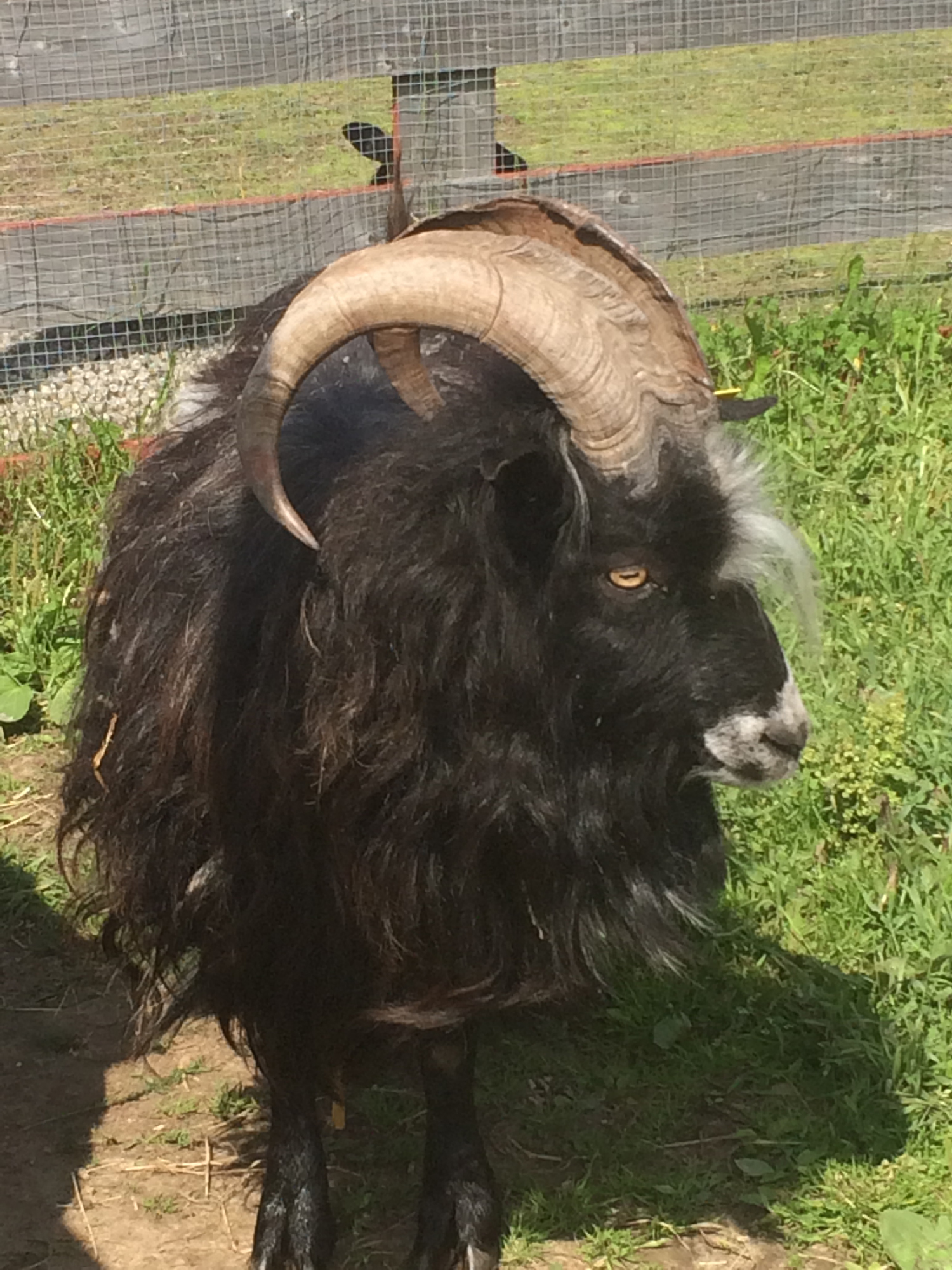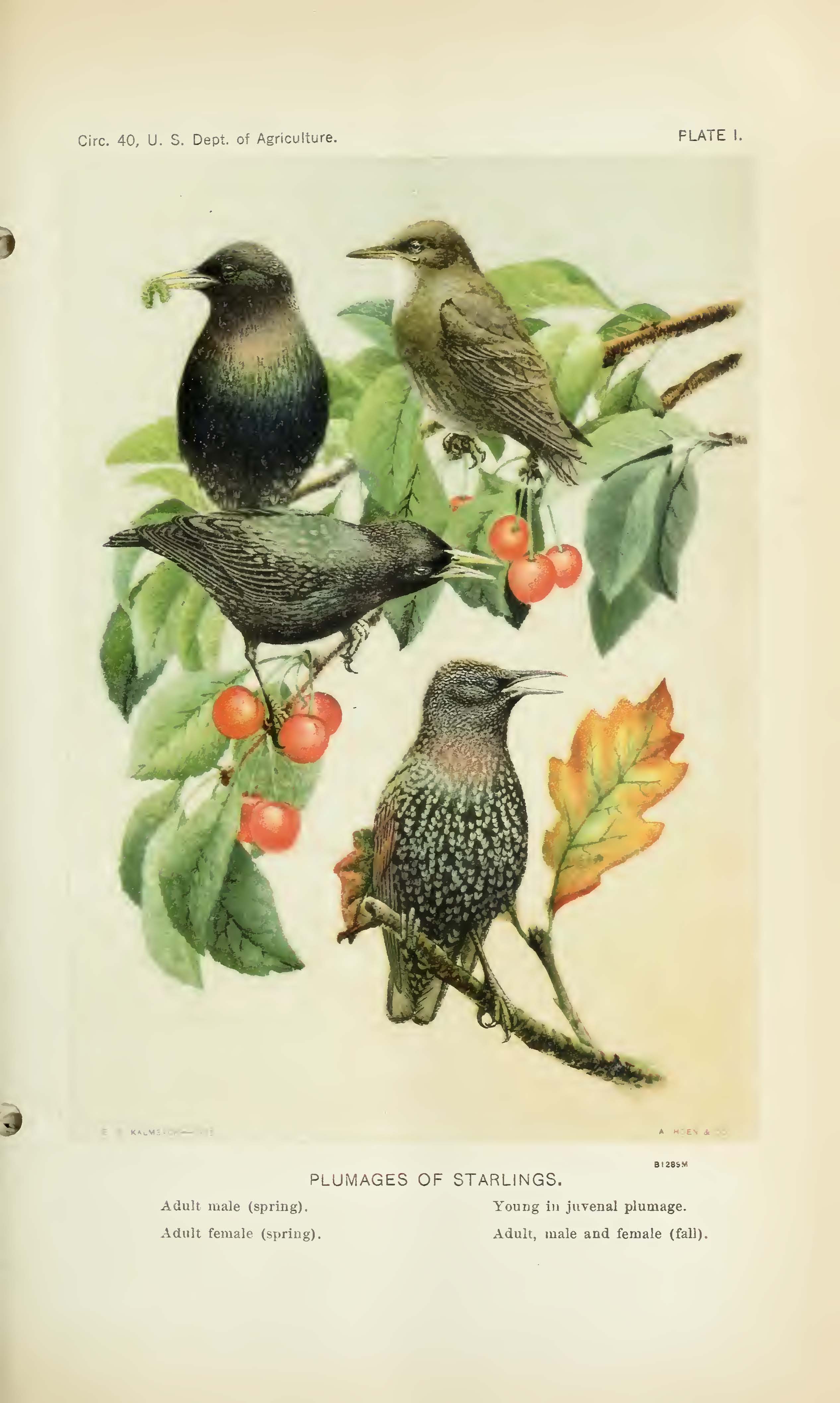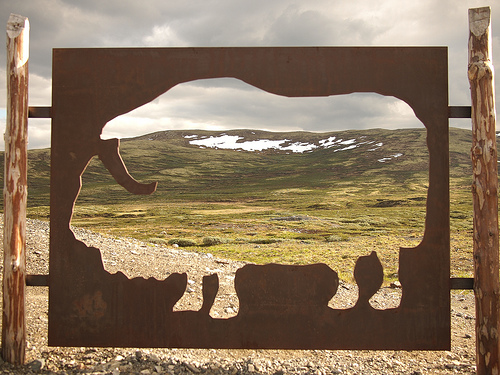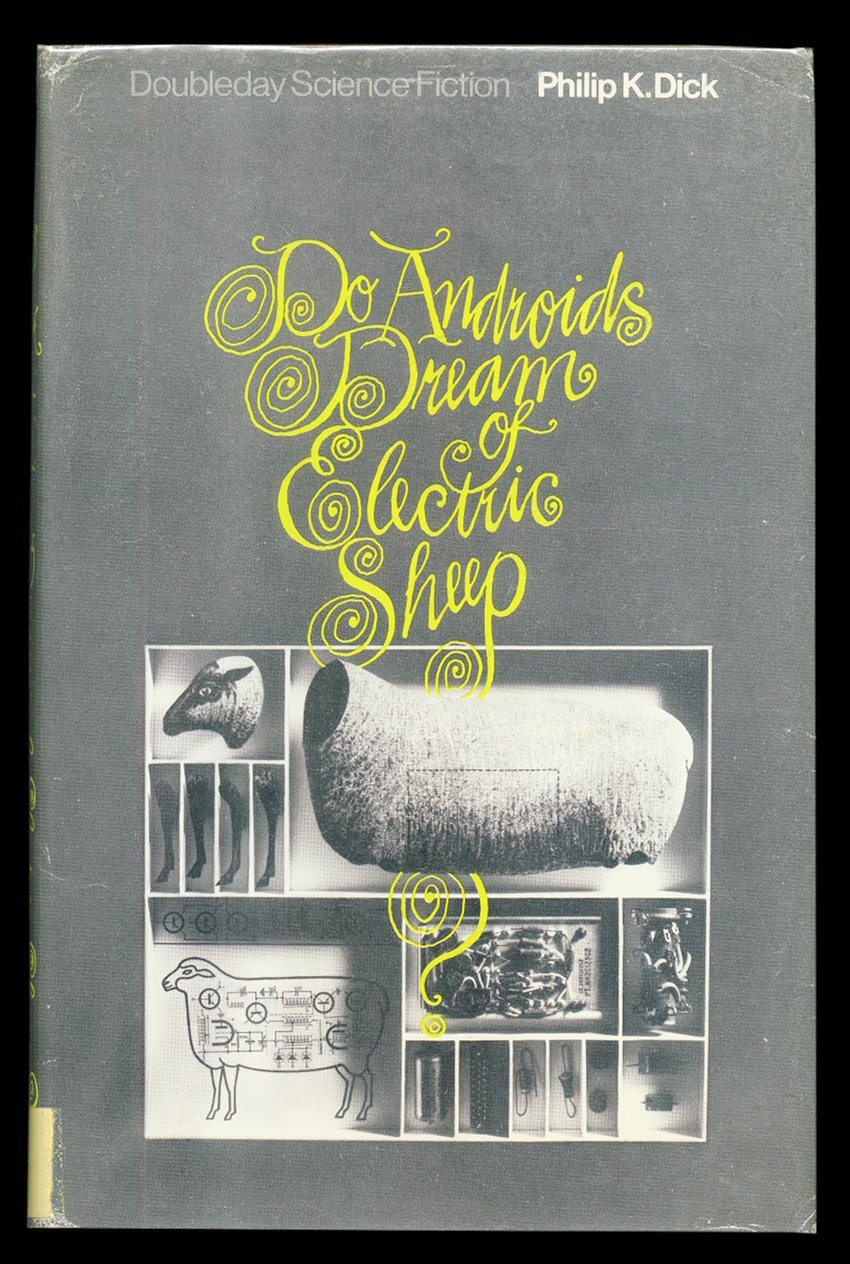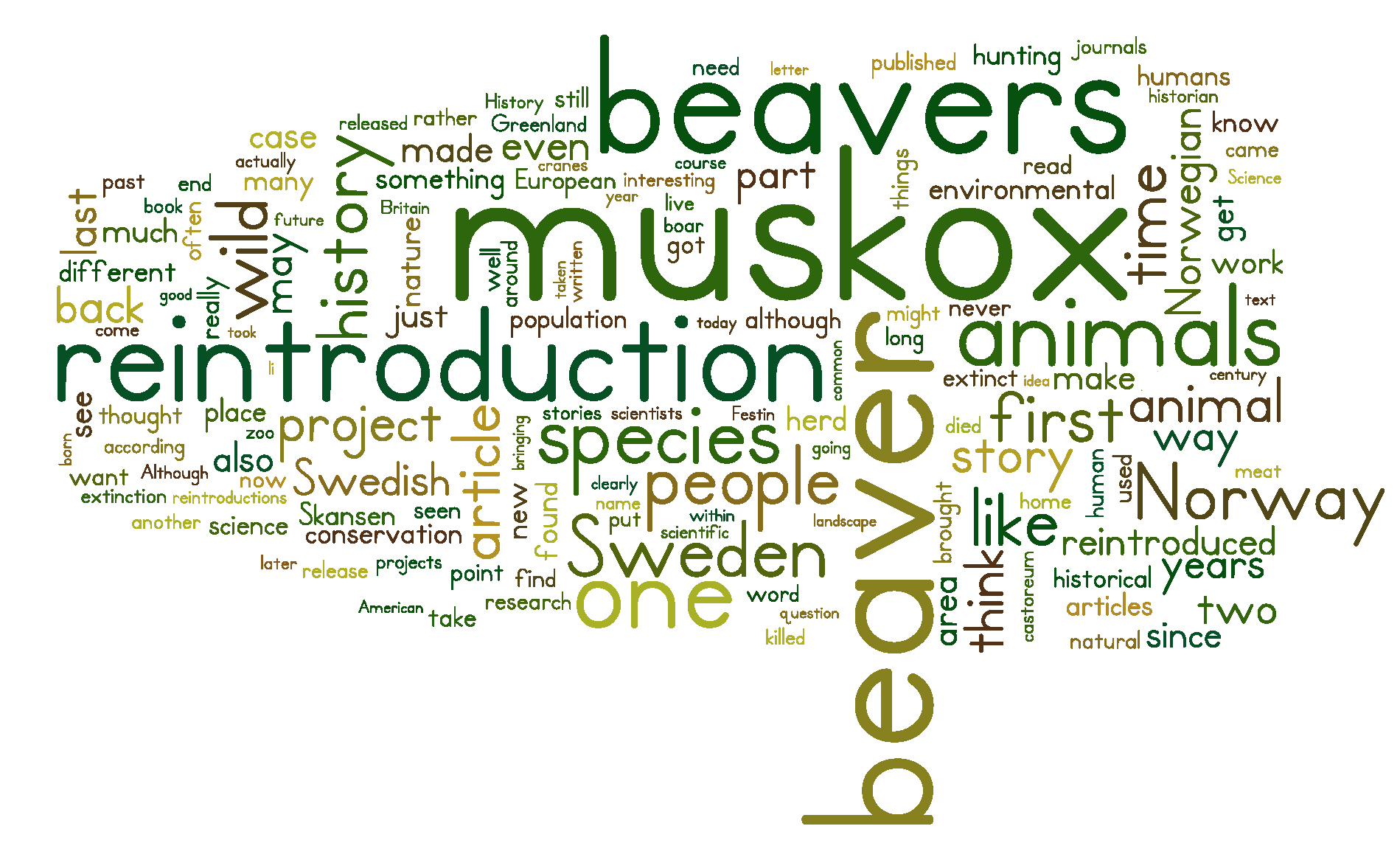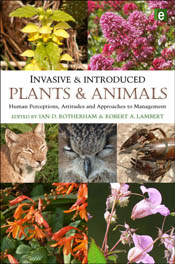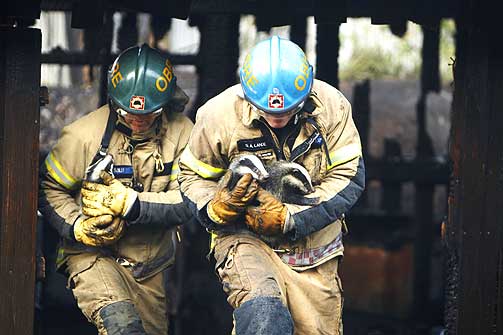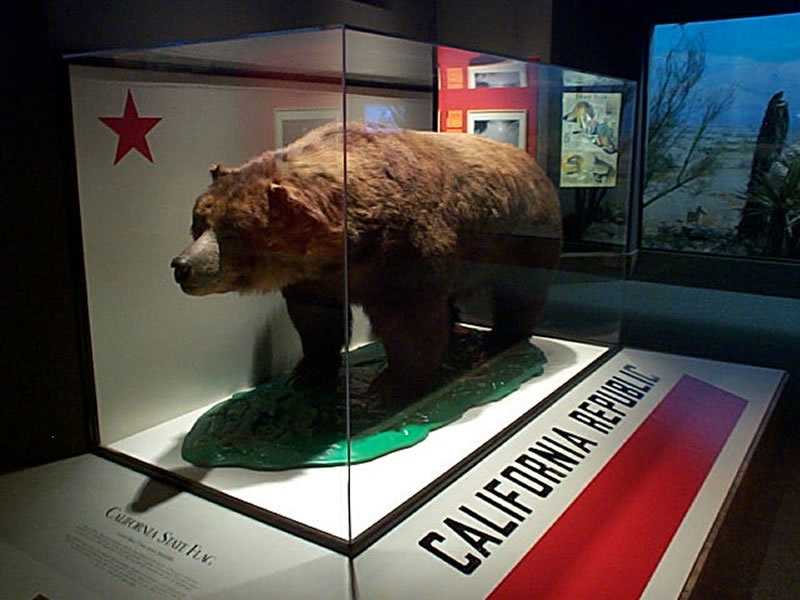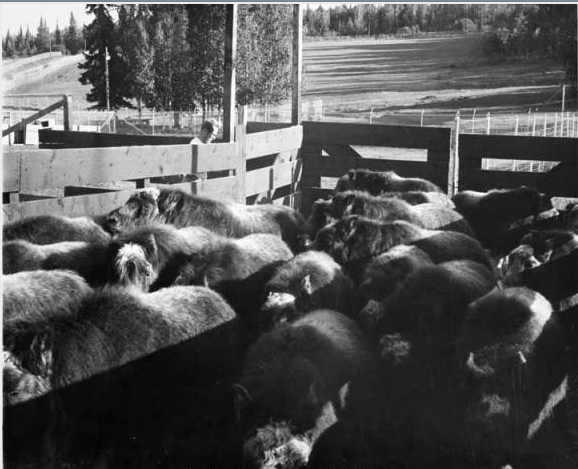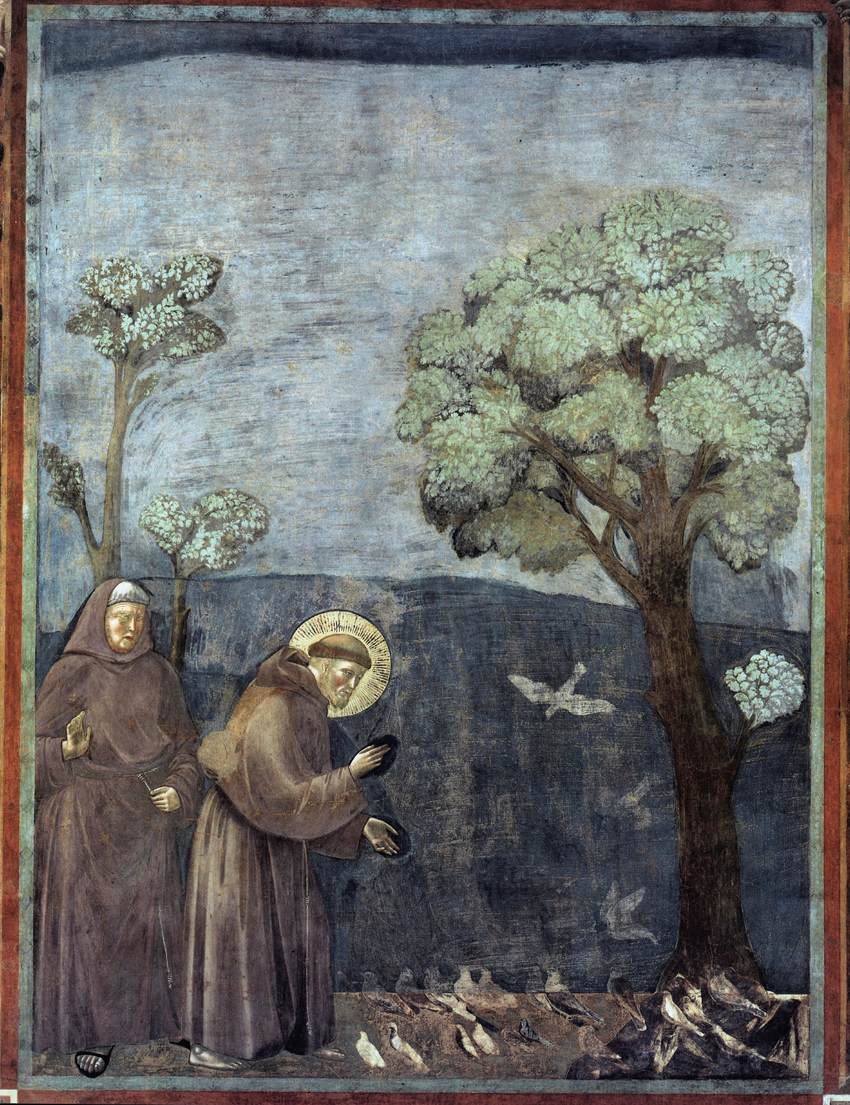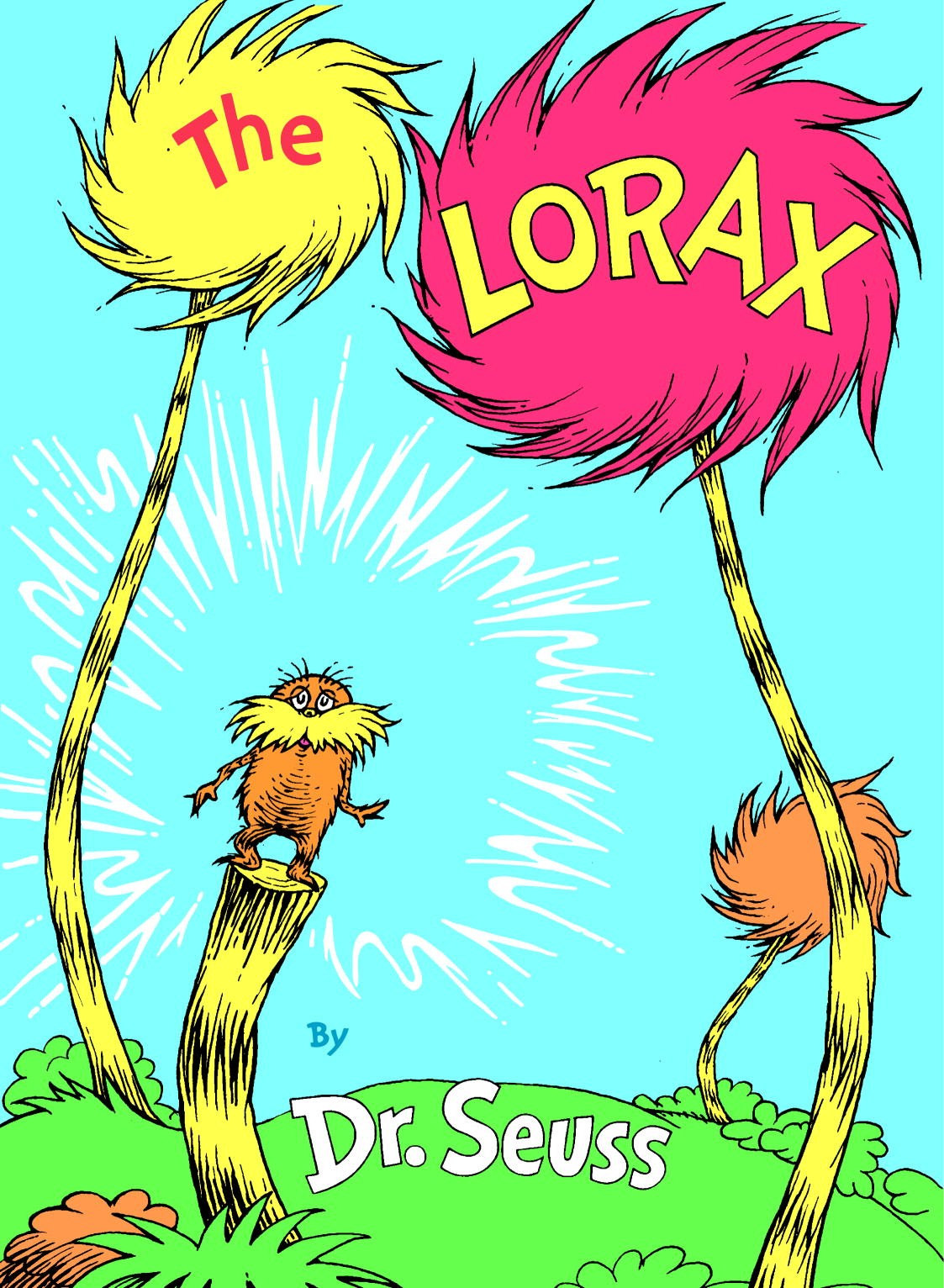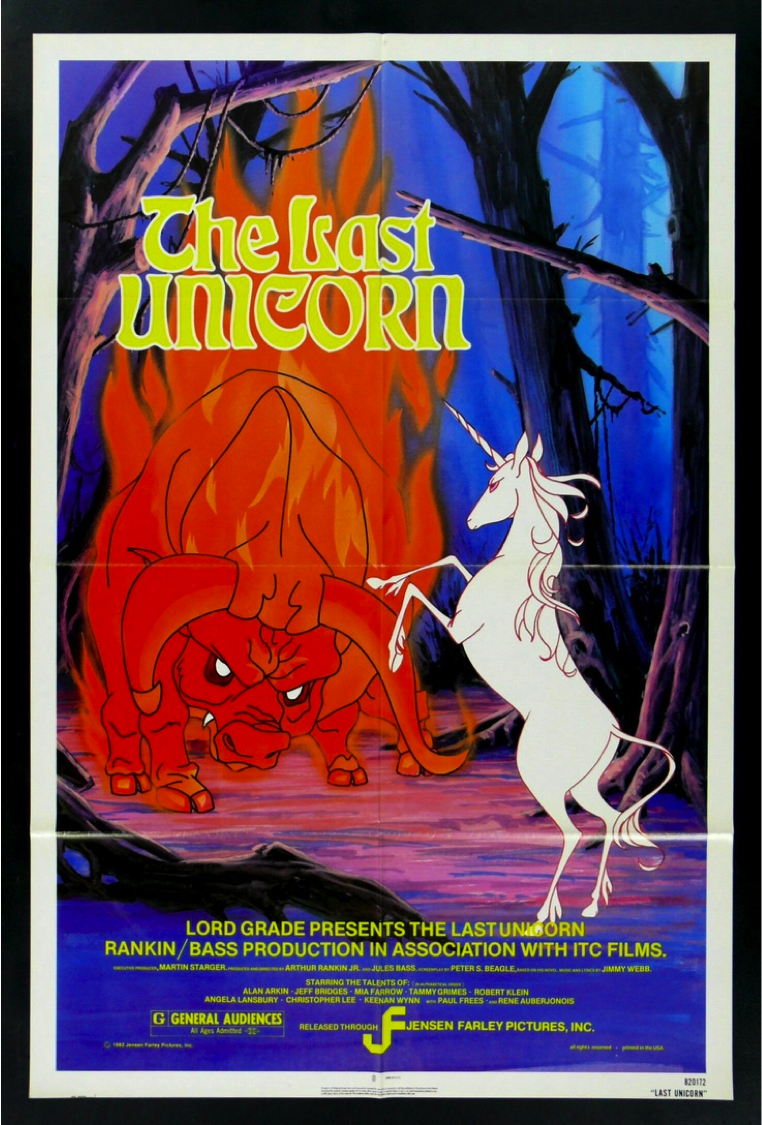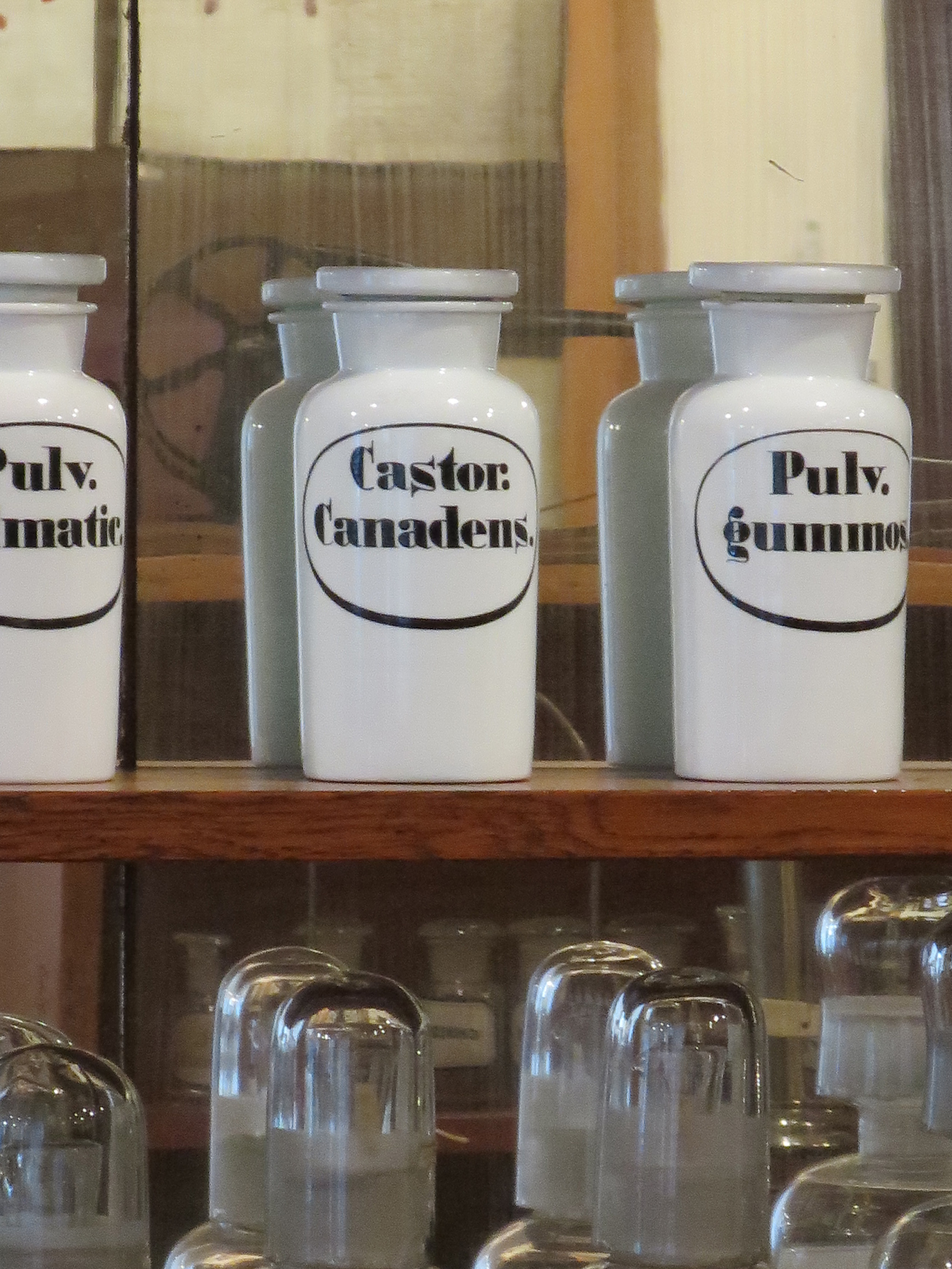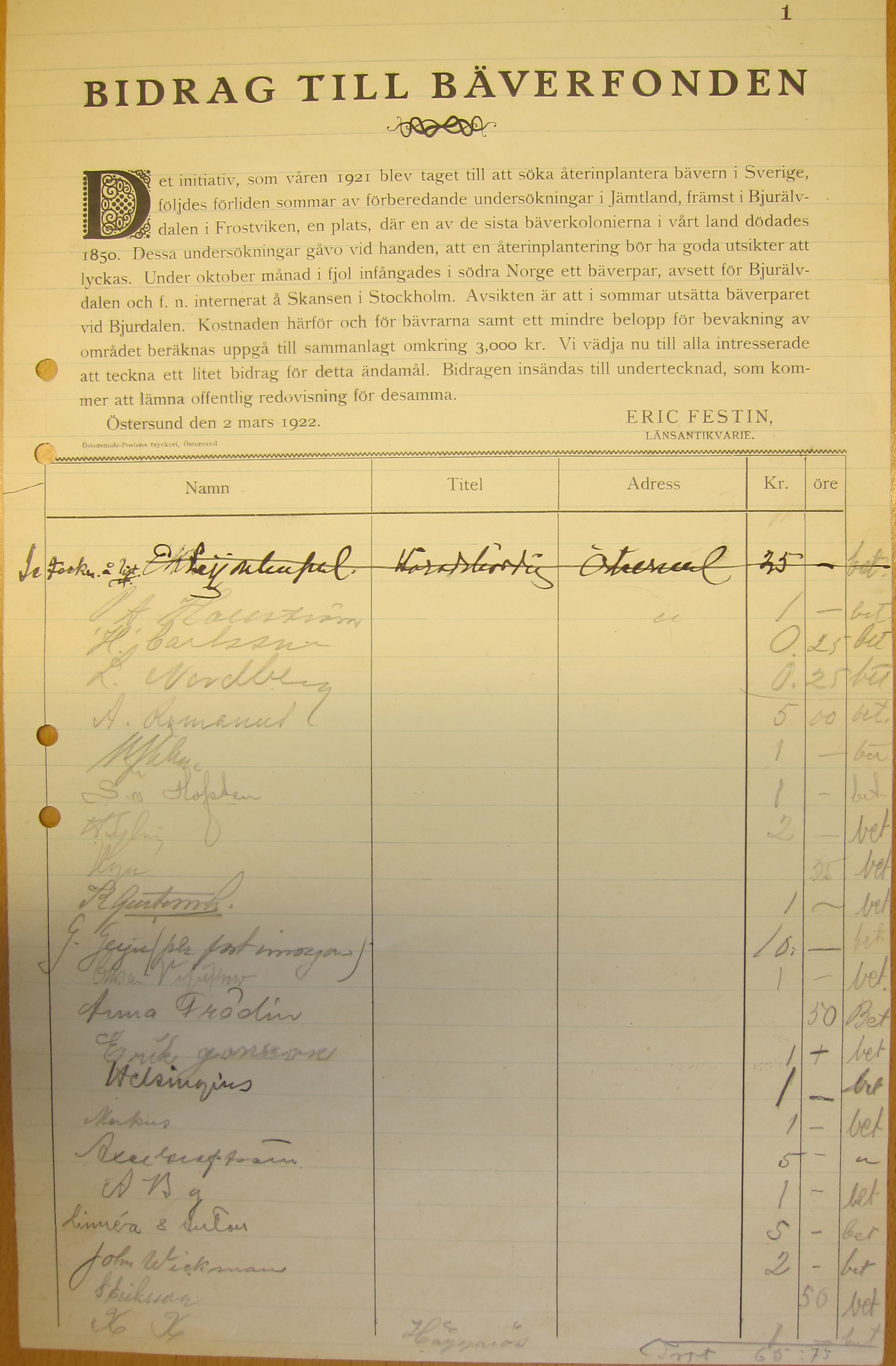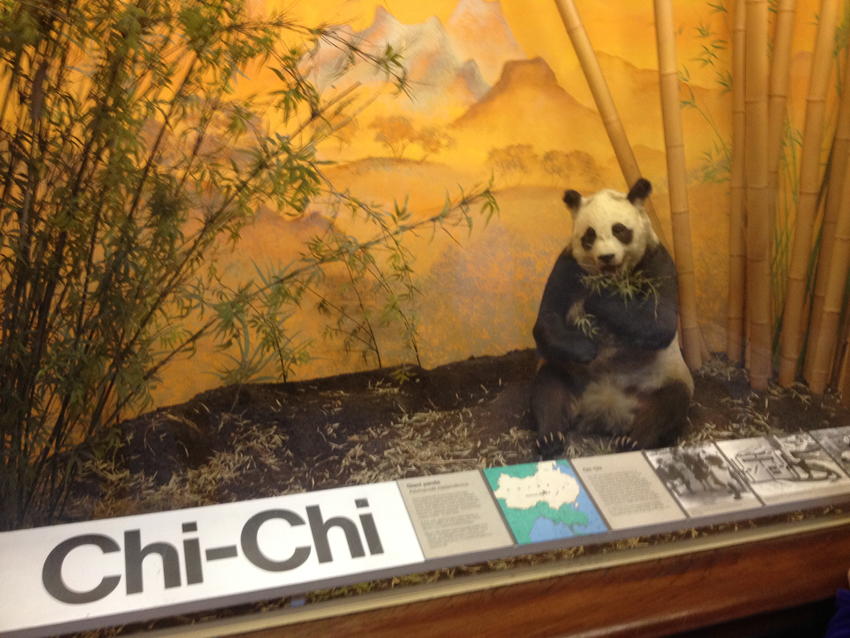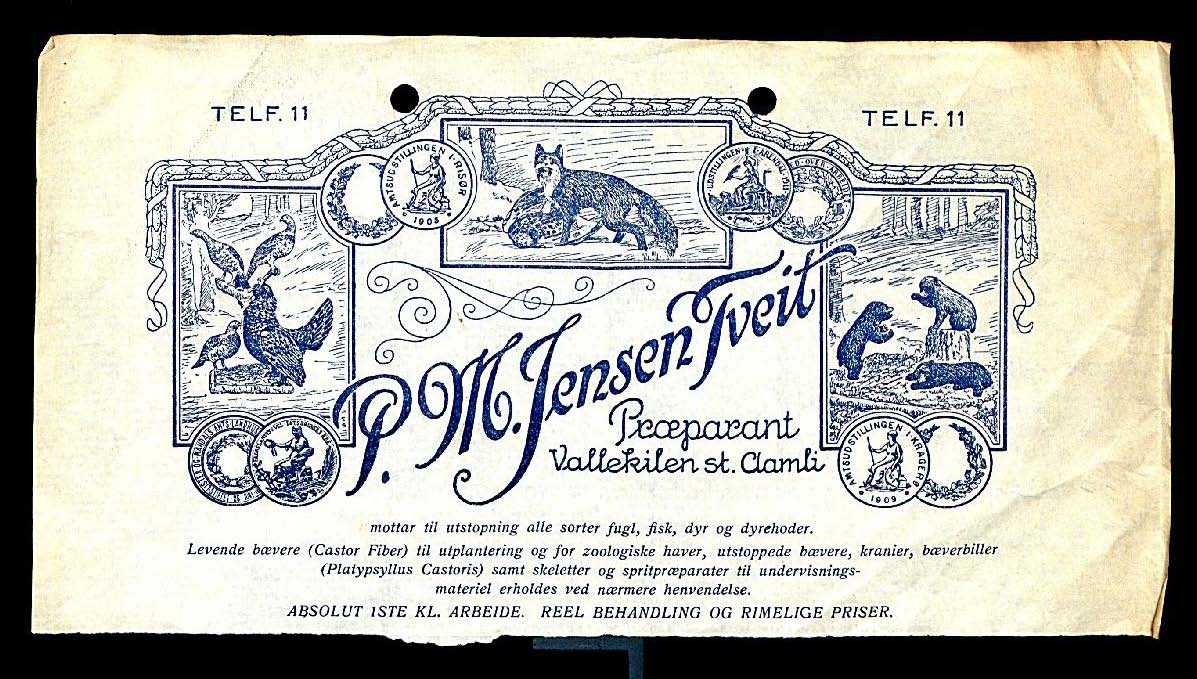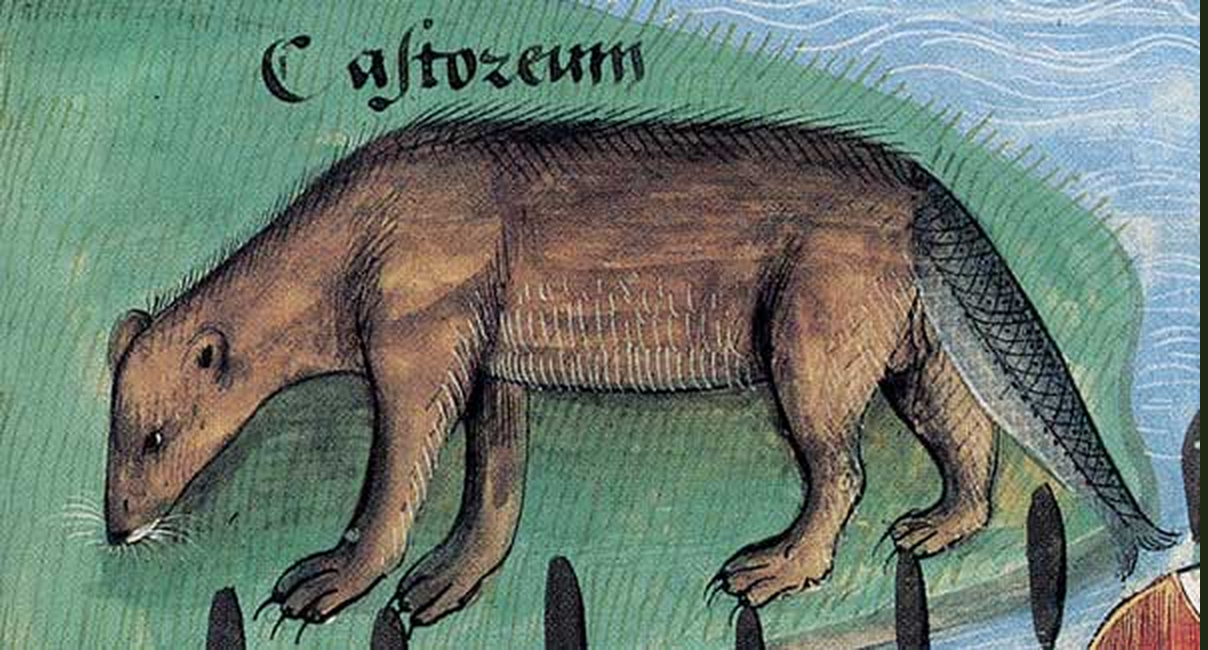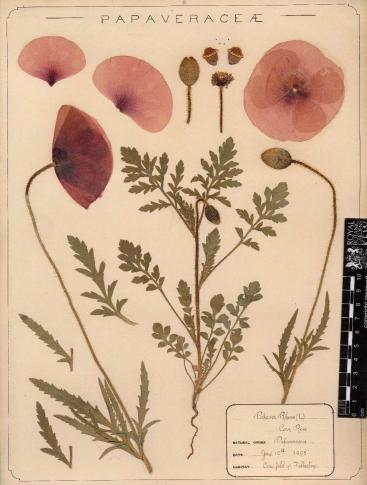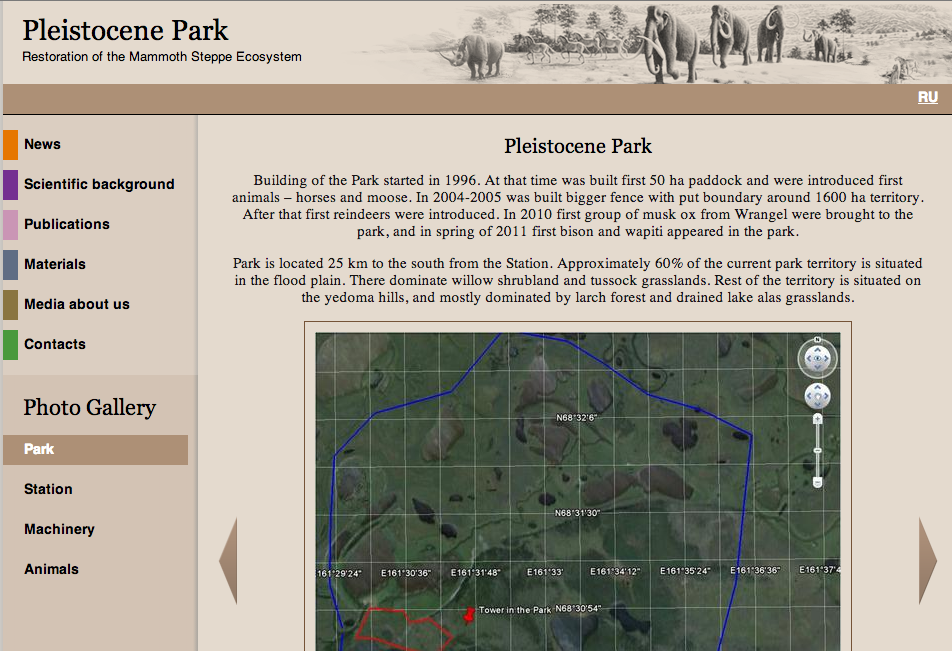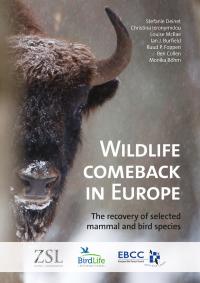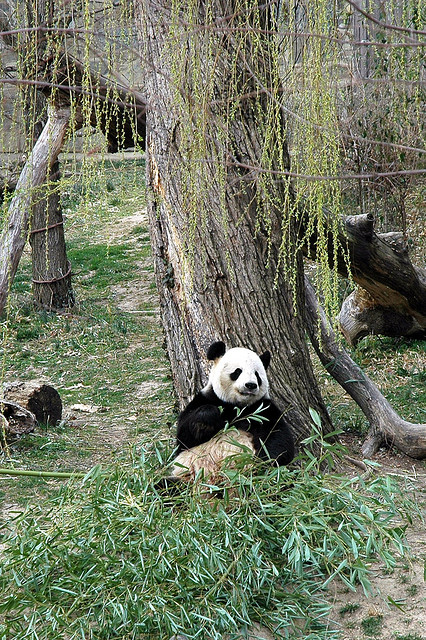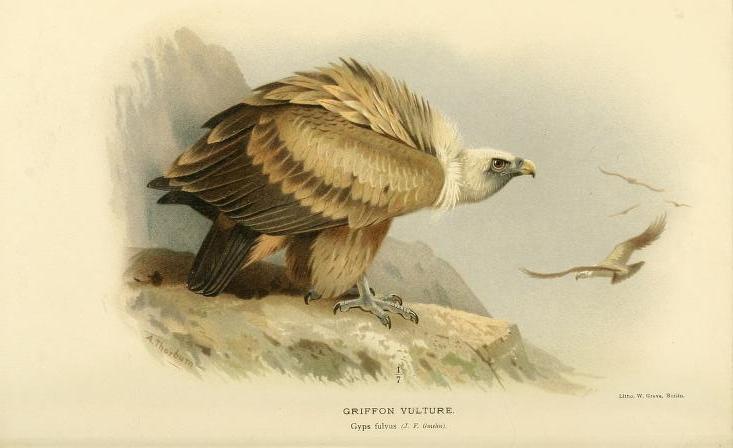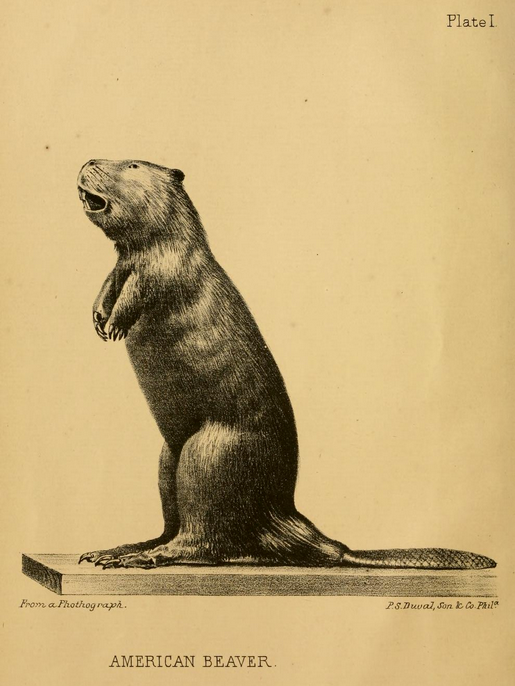literature
-
Animal history at ASEH 2016
Last week I was at the American Society for Environmental History (ASEH) meeting in Seattle, Washington. I took part in two sessions on animal history that I wanted to reflect on here. The first was a roundtable “Animal History: Opportunities, Problems, Controversies, Politics”. The session was put together by Susan Nance (University of Guelph) to highlight some of the approaches and questions brought out in her edited volume The Historical Animal (Syracuse University Press, 2015). The panelists had all contributed to the volume: Susan who wrote the introduction; Zeb Tortorici (New York University) who reflected on animal bodies in Mexican archival sources; an interdisciplinary team of Charles Gunnels IV and…
-
Pamir the Przewalski and his places
When I was at the Ménagerie in Paris, which is part of the Muséum National d’Histoire Naturelle, I found a lovely children’s book in the gift shop: L’histoire vraie de Pamir, le cheval de Przewalski. The book (which you can buy here), written by Fred Bernard and illustrated by Julie Faulques, is a real reintroduction story. The book begins by backing up in time to present the Przewalski horse as living on the steppes of Mongolia. The Przewalskis were wild, untamable horses, killed as prey by Mongols on the backs of domestic horses. Then the horses are discovered by a colonel named Przewalski in the 19th century. After the discovery scene, the text presents the…
-
Citizenship for the starling?
In 1939, not long after publishing her first major essay Undersea, Rachel Carson published a short 3-page article called “How About Citizenship Papers for the Starling?” in Nature Magazine. In the article, she discusses the recent spread of the European starling, a bird which had been introduced from Britain to New York in 1890-91. While admitting that the some people considered the starling a foreign nuisance, she felt that its service as an insect-catcher outweighed those concerns. This service deserved recognition: On one point ornithologists are pretty well agreed –the starling is here to stay. Shall we then continue to regard him as alien or shall we conclude that his…
-
Thinking extinction with sci-fi
Steward Brand, President of the Long Now Foundation, has a new essay out titled “Rethinking Extinction”. Brand argues that the current discursive emphasis on extinction, especially crisis language of the “Sixth Mass Extinction” à la Elizabeth Kolbert, takes the emphasis away from the real problem of decreasing wild animal populations. He believes that the negative spin of extinction headlines leads to inaction: As they accumulate, they frame our whole relationship with nature as one of unremitting tragedy. The core of tragedy is that it cannot be fixed, and that is a formula for hopelessness and inaction. Lazy romanticism about impending doom becomes the default view. Is this true? Does a tragedy narrative necessarily lead…
-
Burning badger babies
On a Sunday afternoon, 18 May 2008, a rope factory in the urban center of Oslo caught fire. Over a hundred people living in the area were evacuated because of the smoke. During work to suppress the blaze in a garage building, fireman Odd Arne Lande noticed a badger kit, which he grabbed before running out of oxygen. After the flames in the main area had come under control, Lande and fellow fireman Espen Solli reentered the building, which was still smoldering on the roof, and broke through the floorboards to expose the a den where more kits were huddling. The two rescued the youngsters, who according to Lande showed…
-
In search for the Golden Fleece
I ran across a lovely poem by the modernist poet Marianne Moore (1887-1972) this week titled “The Arctic Ox (or Goat)”, published originally in her collection O to be a Dragon (1959). Here is an excerpt: To wear the arctic fox you have to kill it. Wear qiviut–the underwool of the arctic ox– pulled off it like a sweater; your coat is warm; your conscience, better. I would like a suit of qiviut, so light I did not know I had it on; and in the course of time, another since I had not had to murder the “goat” that grew the fleece that made the first. The musk ox has no…
-
The last _____
When the last eagle flies over the last crumbling mountainAnd the last lion roars at the last dusty fountainIn the shadow of the forest though she may be old and wornThey will stare unbelieving at the last unicorn. – America, “The Last Unicorn” When I was a young girl I saw The Last Unicorn, a film from 1982 based on a book from 1968 by Peter S. Beagle. In fact, I saw it many times thanks to HBO cable television. It was mesmerising to me to see the beautiful unicorn in search for others like herself, her quest to know if she was the last. Along the way, she is…
-
Parasite co-reintroduction
I’m happy to report that I have a new article out in the journal Conservation Biology titled “Conservation implications of parasite co-reintroduction” (read it here w/subscription) based on The Return of Native Nordic Fauna project. The idea for the article was spawned by my discovery in 2013 of P.M. Jensen-Tveit selling beaver beetles as part of his business in the 1920s. That discovery led me to research the beaver beetle, what is was, and why it would have been for sale. What was fascinating to me was how the beaver beetle, a parasite that lives on beavers and looks very much like a louse, had basically hitched a ride to recovery–as the European…
-
Treating humans as unnatural
This week I’ve been at the Society for Ecological Restoration Europe 2014 meeting in Oulu, Finland. It’s always interesting to hear how the scientists of restoration ecology and practitioners of ecological restoration go about their work. One of the things that struck me early on in the conference was how many of the projects were restoring human-created ecosystems that harbour rare plant species, particularly open wood pastures, rangeland and grassland which only existed because of livestock grazing. I recently published an article on medieval wood pasture management in the edited volume European wood-pastures in transition, so I liked these restoration projects. However, I noticed that not many people overtly said…
-
A bird in the hand
At the 2nd World Congress for Environmental History earlier this week in Guimarães, Portugal, I heard a paper by Emily Scott (Swiss Federal Institute of Technology) on the art film Raptor’s Rapture from 2012. The film juxtaposes a live griffon vulture and a flautist playing a 35,000 year old flute made from a griffon vulture bone. You can see a short clip here and listen to a bit of the flute here. Scott discussed the way that the film bridges temporalities (with a prehistoric flute played in the past now played in present and a live vulture in the same room as a bone from its ancestor) and bridges species (the vulture and human…
